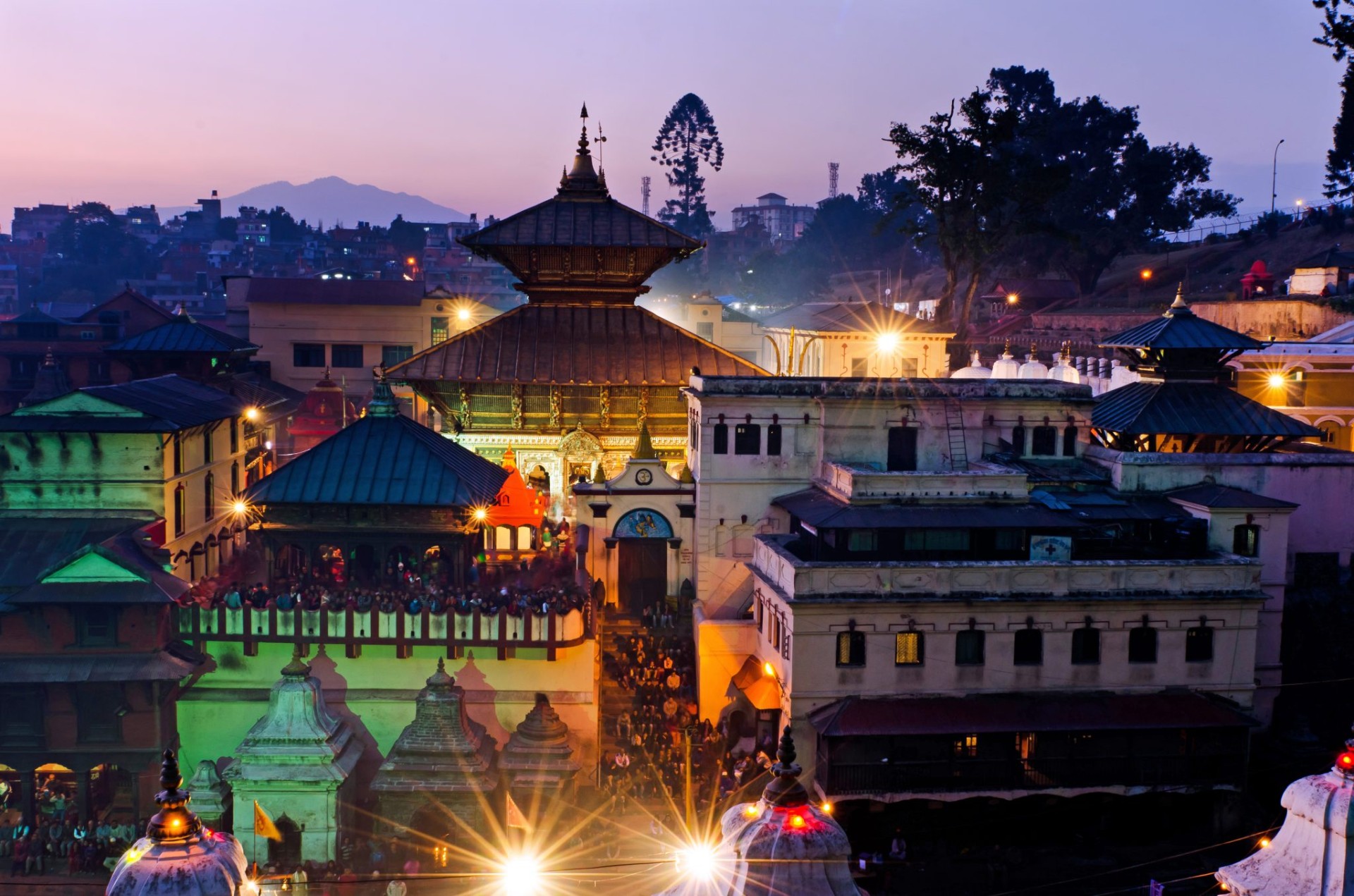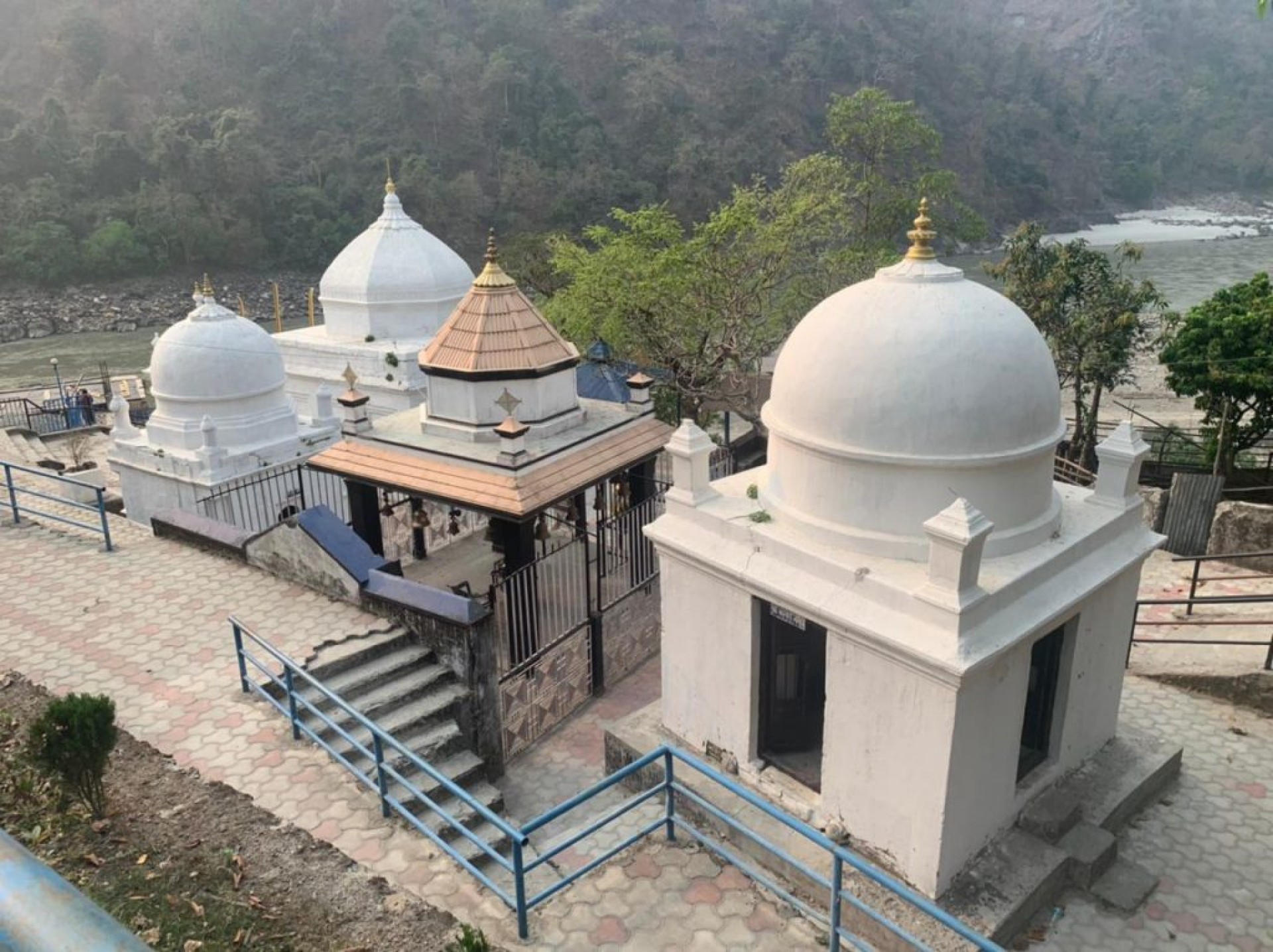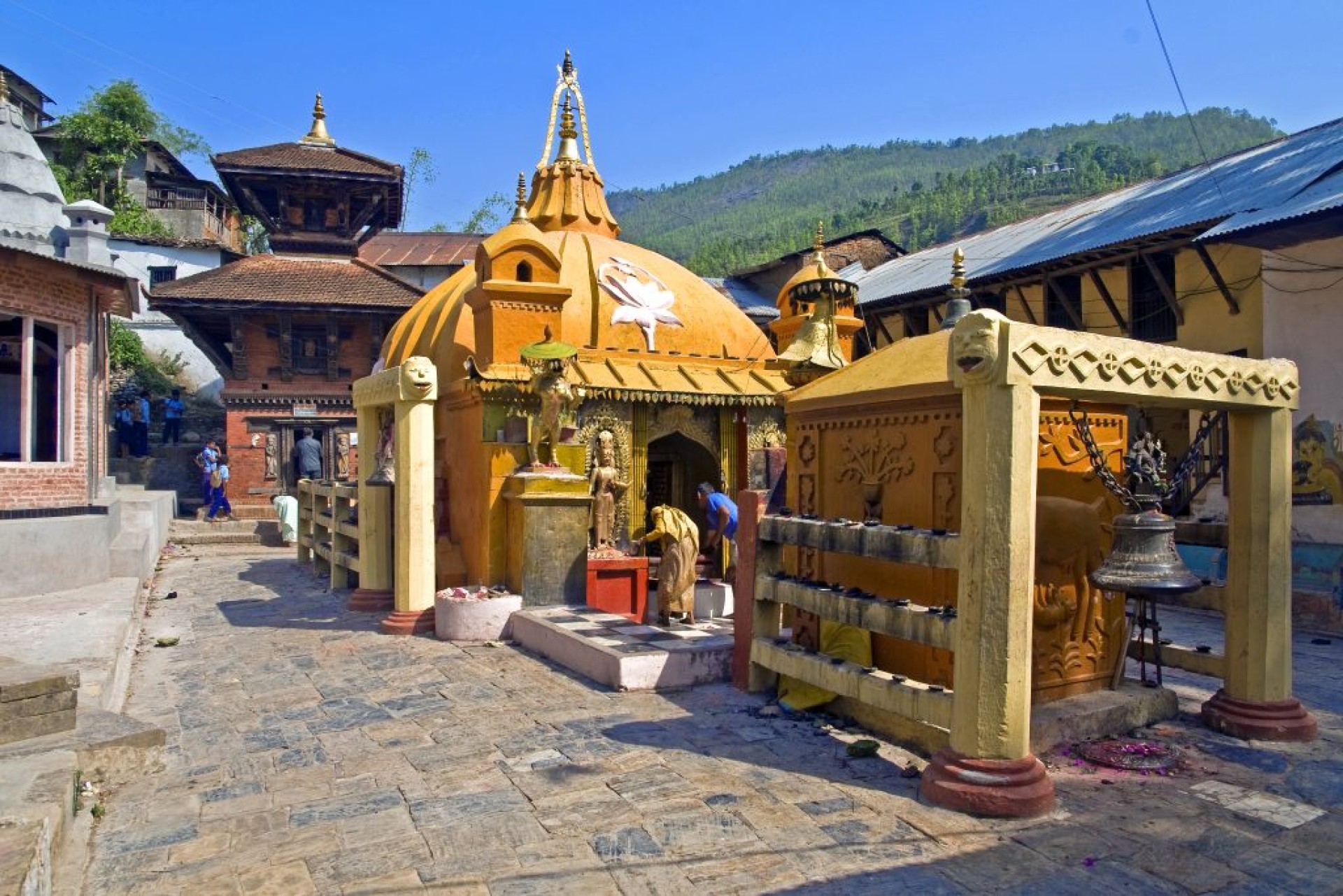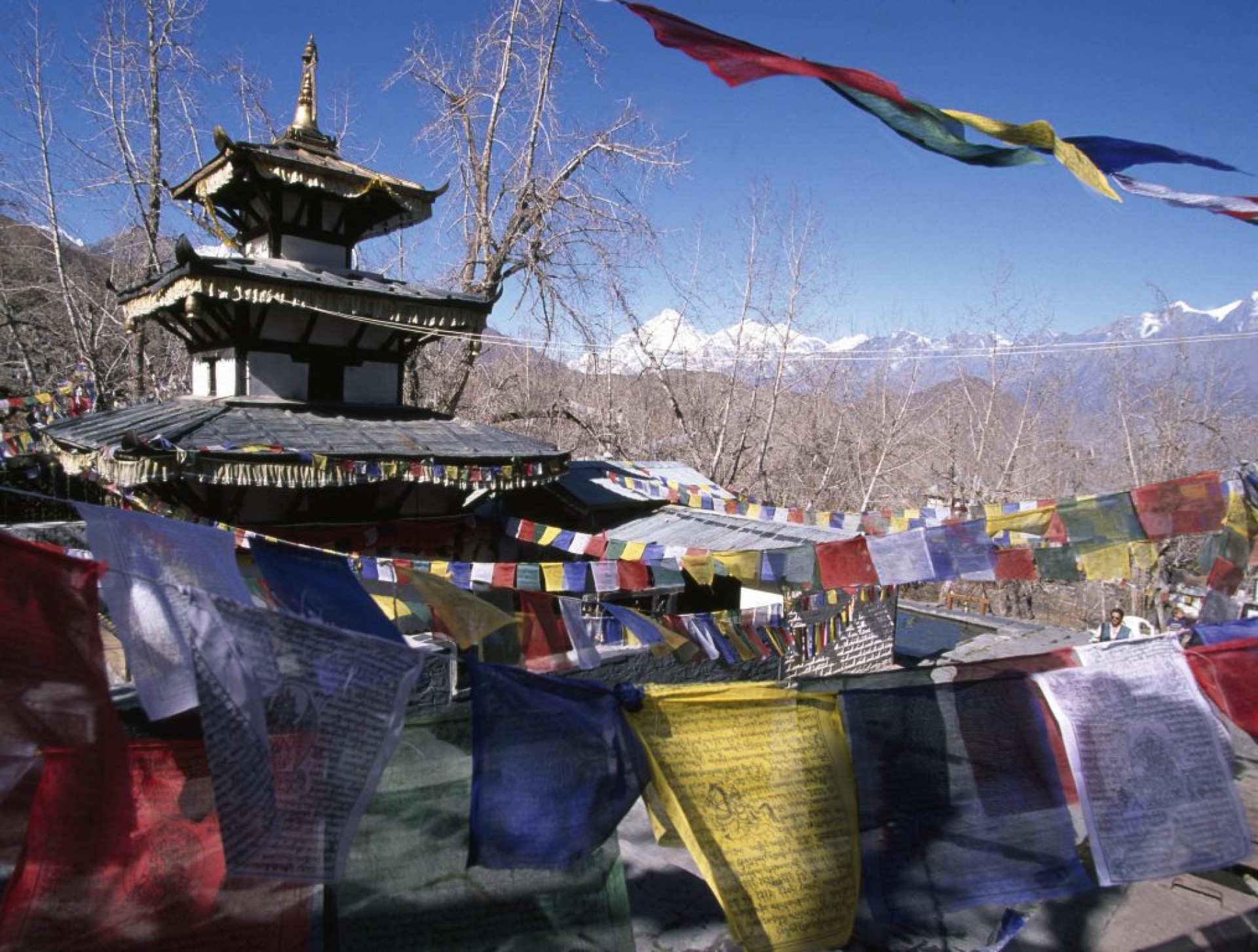-
Places to go
-
Things to do
-
Adventure
Nature
Culture
Wellness
Others
-
-
Festivals & Events
-
Festivals
Event Calendar
-
-
Plan Your Trip
-
Trip Ideas
Travel Details
Book Your Trip
-
- Travel Updates
Discover Nepal: Your Next Spiritual Journey
Nepal, the land of ancient mysticism and divine energy, invites you to continue your sacred pilgrimage. Known for its deep connection to ancient Sanatan cultures including yoga, meditation, Ayurveda, and spiritual healing, Nepal is the perfect destination to rejuvenate your mind, body, and soul.
With its ancient civilization, revered sites, and transformative practices, Nepal offers profound space to connect with your inner self. Explore the timeless teachings of the Vedas, Upanishads, and Puranas, engage in restorative meditation, and discover holistic healing traditions passed down through generations.
This spring, embark on a spiritual odyssey through Nepal’s Char Dham and immerse yourself in its rich heritage and culture. Let the sacred land of Nepal be your next step towards spiritual enlightenment.
Pashupat Kshetra, located on the banks of the Bagmati River in Kathmandu, is one of the holiest pilgrimage sites in Hinduism. Dedicated to Lord Shiva in the form of Pashupatinath, the temple is revered for its significance in Hindu worship. It attracts thousands of devotees, especially during Maha Shivaratri, a major festival when pilgrims gather to offer prayers and perform rituals.
The temple complex includes smaller temples, shrines, and ashrams, creating a tranquil atmosphere for spiritual reflection. The nearby cremation ghats are believed to offer liberation (moksha) to those who pass away there. With its serene setting and deep spiritual importance, Pashupat Kshetra remains a central part of Nepal’s religious and cultural heritage.

Baraha Kshetra, located in eastern Nepal along the banks of the sacred Koshi River, is an important pilgrimage site in Hinduism. It is dedicated to Lord Vishnu, worshipped here in his boar incarnation, Baraha. According to Hindu mythology, Lord Vishnu took the form of a boar to rescue the Earth goddess, Bhudevi, from the cosmic ocean, an event commemorated at Baraha Kshetra.
The site is not only revered for its spiritual significance but also for its stunning natural beauty. Surrounded by lush green hills and with the Koshi River flowing nearby, the temple attracts pilgrims seeking blessings and spiritual solace. Situated close to the Indian border, Baraha Kshetra offers a peaceful and reflective environment, making it a cherished destination for those looking to connect with the divine.

Ruru Kshetra, also known as Ridi, is a significant spiritual site in Nepal’s Lumbini Province, located at the confluence of the Ridi Khola and Kaligandaki rivers. It is one of the four major Hindu pilgrimage centres in Nepal and is mentioned in ancient epics as part of the sacred route to Muktinath and Damodar Kunda.
The tentative UNESCO World Heritage-listed Rishikesh Complex in Ruru Kshetra features a medieval temple complex, Sen period sculptures, and the settlement of Ridi. It preserves traditional worship practices, including Vedic rituals and Bhaktini Amas. Key sites include temples dedicated to Lord Vishnu and Ruru Kanya, and the Hrishikeshav Temple, with its four-armed stone image of Lord Vishnu.
Ruru Kshetra is also renowned for the presence of Shaligrams, sacred fossil stones associated with Lord Vishnu, adding to its spiritual significance. Often compared to Varanasi for its religious importance, it is a must-visit for those exploring Nepal’s rich cultural and spiritual heritage.
Located at the tri-junction of Gulmi, Palpa, and Syangja districts, Ruru Kshetra is about 96 km north of Lumbini and 30 km northwest of Tansen.

Mukti Kshetra, or Muktinath, is a sacred pilgrimage site in Nepal, significant for both Hindus and Buddhists. Located at 3,800 meters in Mustang, it is dedicated to Lord Vishnu and is one of the 108 divine orders in Hindu mythology. The term “Mukti” means liberation, and visiting Muktinath is believed to free one from sins and the cycle of birth and death.
In addition to its spiritual importance, Muktinath offers stunning views of the rugged terrain bordering Tibet. Pilgrims often bathe in the 108 water spouts near the temple, believed to purify the soul. Muktinath’s blend of cultural, spiritual, and natural significance makes it a key destination for those seeking liberation and divine blessings.
These sites offer soulful experiences for devotees along with deep awareness of religion, karma, liberation, creation and life beyond the material world. These holy destinations make one understand the true meaning of Moksha, the ultimate goal of liberation from death and life.
Do visit the Himalayan country to indulge in spiritual heritage, cultural richness, and sacredness. This is the place that can leave a powerful and true impact on an individual as it helps you to unlock the best treasure of life. Nepal is ready to offer you a lifetime experience!
Nepal Tourism Board is a national tourism organization of Nepal established in 1998 by an Act of Parliament in the form of partnership between the Government of Nepal and private sector tourism industry to develop and market Nepal as an attractive tourist destination. The Board provides platform for vision-drawn leadership for Nepal’s tourism sector by integrating Government commitment with the dynamism of private sector.



